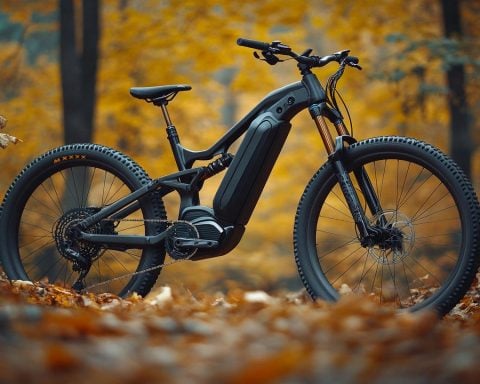Miami-Dade is poised to join a global movement in embracing micromobility vehicles across the county. Commissioner Raquel Regalado’s ordinance, which allows the operation of micromobility devices, electric bicycles, and motorized scooters, was passed unanimously without comment. While the county acknowledges the potential risks involved, it emphasizes the need for riders to be vigilant and considerate of others’ safety.
Under this new ordinance, riders are required to adhere to all state and county traffic laws, rules, and regulations that are applicable to these devices. Violations can result in traffic tickets, similar to those issued to motor vehicles. The definition of a micromobility device includes motorized devices capable of speeds of up to 20 miles per hour, with wheelchairs and other power-driven mobility devices excluded.
The ordinance is set to expire in two years, although it can be renewed if deemed necessary. One key provision emphasizes that only one rider is allowed on these vehicles, unless they are specifically designed for multiple occupants. However, there is an exception for adult riders carrying a child securely attached to their person in a backpack or sling.
To ensure safety, micromobility devices are prohibited from operating on public sidewalks and walkways, with the exception of designated parking areas. Instead, they are intended to be used within bike lanes, where available, or on streets with a speed limit of 30 mph or less.
This new ordinance marks an important step for Miami-Dade in embracing the future of urban transportation. By integrating these innovative modes of transportation into the county’s infrastructure, Miami is joining cities worldwide that are reimagining mobility and promoting sustainable alternatives to traditional vehicles. With proper regulation and responsible usage, micromobility has the potential to transform the way people navigate urban environments while reducing congestion and carbon emissions. Miami-Dade is now at the forefront of this global trend, paving the way for more accessible and eco-friendly transportation options.
The micromobility industry is experiencing significant growth and Miami-Dade’s decision to embrace this mode of transportation aligns with the global trend towards sustainable alternatives to traditional vehicles. Micromobility refers to the use of small, lightweight vehicles such as electric bicycles and motorized scooters for short-distance travel within urban areas.
According to market forecasts, the micromobility market is projected to reach a value of $150 billion by 2025. Factors driving this growth include increasing urbanization, rising environmental concerns, and the need for convenient and affordable transportation options.
One of the main advantages of micromobility is its ability to reduce congestion and carbon emissions. By encouraging the use of electric bicycles and scooters, Miami-Dade aims to decrease reliance on cars and promote a more sustainable transportation system. This aligns with global efforts to combat climate change and improve air quality in urban areas.
However, there are some challenges associated with the widespread adoption of micromobility. Safety concerns have been raised, particularly regarding the interaction between micromobility devices and other road users. Proper education and enforcement of traffic laws are essential to ensure the safe integration of these vehicles into existing transportation infrastructure.
Enforcement of regulations is also important for the orderly operation of micromobility devices. In some cities, issues such as illegal parking, reckless riding, and vandalism have arisen as the popularity of micromobility increases. Miami-Dade’s ordinance emphasizes the need for riders to follow traffic laws and regulations, with violations resulting in traffic tickets.
To support the growth of micromobility, cities need to invest in infrastructure that is conducive to the safe operation of these vehicles. This includes the creation of dedicated bike lanes and parking areas specifically designed for micromobility devices. By providing a safe and convenient environment for riders, cities can encourage more people to adopt micromobility as a viable mode of transportation.
Furthermore, Miami-Dade’s decision to pass this ordinance for a trial period of two years allows for evaluation and adjustment if necessary. This approach allows the county to learn from the experiences of other cities and make informed decisions regarding the future regulation of micromobility.
In conclusion, Miami-Dade’s embrace of micromobility devices marks a significant step towards a more sustainable and connected urban transportation system. With proper regulation, investment in infrastructure, and responsible usage, micromobility has the potential to revolutionize the way people move within cities while contributing to the reduction of congestion and carbon emissions.
Related links: link 1, link 2

















